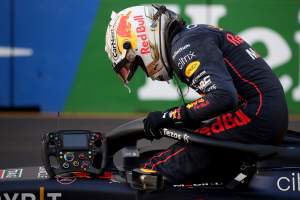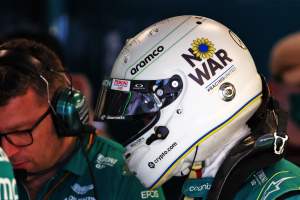Up Next

Both Mercedes and Ferrari were visibly suffering from prodigious porpoising during Formula 1 qualifying for the Australian Grand Prix.
Yet while Mercedes’s performance is significantly constrained by it and it was just under a second off the pace, Ferrari and Charles Leclerc secured their second pole position of the season.
Watching the car from trackside or on the onboard camera, the phenomenon appears to be much the same for both cars.
The cars bounce vigorously as the underfloor aero stalls, raising the car, then re-attaches, which lowers it again – with the drivers’ heads also bouncing around thanks to this motion and the impacts of the floor on the track surface. So why can the Ferrari F1-75 suffer from this and still set the pace, while Mercedes is rendered uncompetitive?
When it comes to porpoising on the straights, it is not in itself a big problem. What matters is that it doesn’t damage the car or shake the driver beyond what they can tolerate. Beyond that, the theoretical downforce sacrificed by the increased ride height to mitigate the problem and the dynamic impact on the car in the faster corners are what matter – and on both counts, it’s reasonable to conclude Ferrari is in a much better place.
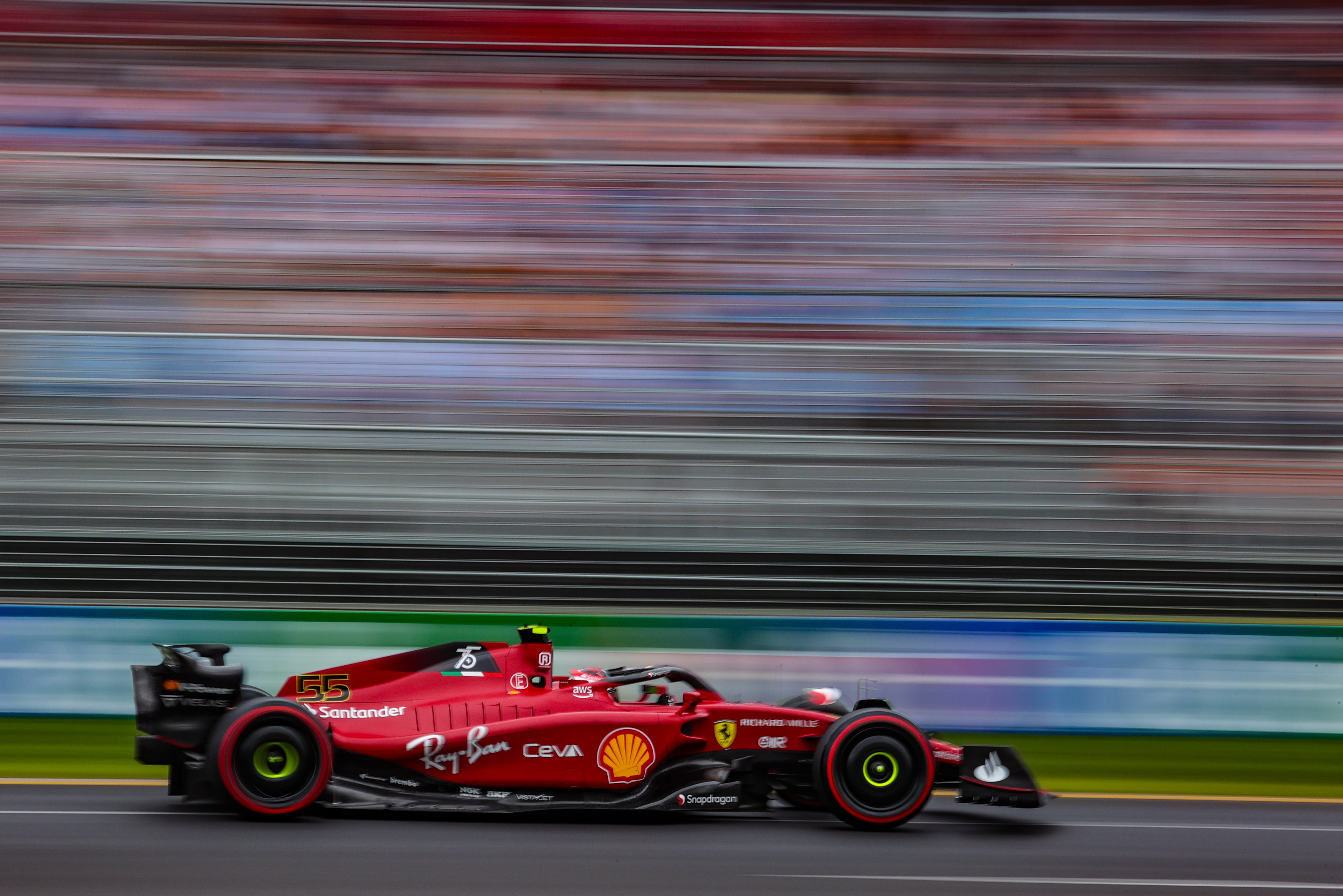
As Mercedes team principal Toto Wolff explains, the W13 is carrying the problem into corners such as the high-speed Turn 9 left-hander that follows the long back straight where the poporising was at its worst.
This is leading to a significant proportion of its performance deficit, although Wolff conceded there are also other areas where the car can improve.
“Our bouncing is worse in the sense that we are carrying it into the corners, into the high speed, we see where we lose performance,” said Wolff.
“When you look at the overlays in sector 1 we are very competitive, sector 2 we are competitive, in sector 3 through Turns 9 and 10 and through 12 we are losing all our margin, almost a second through a couple of corners.
“Is curing the bouncing miraculously unlocking a second within the car? No, surely not. But there’s many other little improvements that we can make on weight and a few others where we can optimise.
“You know how it is in F1 you just need to chip away the small gains whilst understanding the car and I am optimistic that eventually, we are going to get there. Whether that is in two races or five or by the end of the season I don’t know but we need to stay humble.
“My time horizon is not a race weekend or a year it’s more like 10 years. I want to look back and have a competitive team and there will be years where it is more difficult – and this is one.”
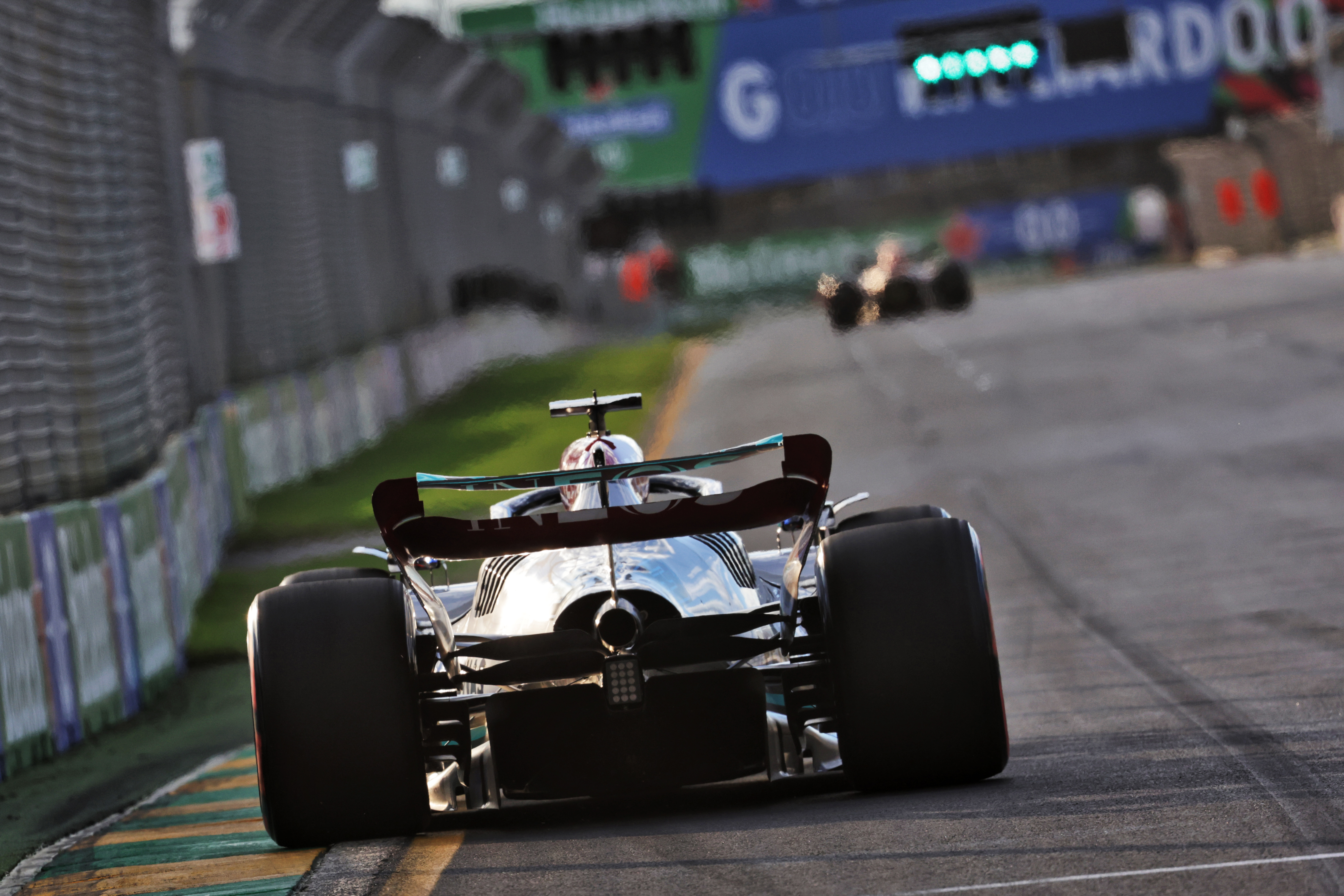
A glance at the sector times broadly supports Wolff’s interpretation. The fastest time set by Mercedes in the first sector, which runs from the start of the lap to the approach to Turn 6, was 0.235s (0.878%) off Ferrari’s best.
In the middle sector, that deficit wasn’t far off doubling in relative terms, 0.263s (1.480%) off in a sector that’s almost 10 seconds shorter. In the 33-second final sector, running from the approach to Turn 9 to the end of the lap, the deficit was 0.468s (1.403%).
There was a clear difference in the straightline speed of the cars, while the Mercedes drivers had to take a more cautious approach into Turn 9 with a lower minimum speed. While the Ferrari was quicker almost everywhere around the lap, this was where the difference was most pronounced.
“The biggest thing for me at the moment is still the bouncing,” said Russell of the problems Mercedes is battling.
“I’ve been trying all sorts of things to be on the limit of the bouncing and then it’s costing me a lot of speed through the high-speed corners, that’s where I lose all my laptime.
“I don’t have the confidence to attack with the bouncing – it’s such a unique feeling from within the car, and when the car’s going up and down, and up and down, you cannot throw it into these high-speed corners.”
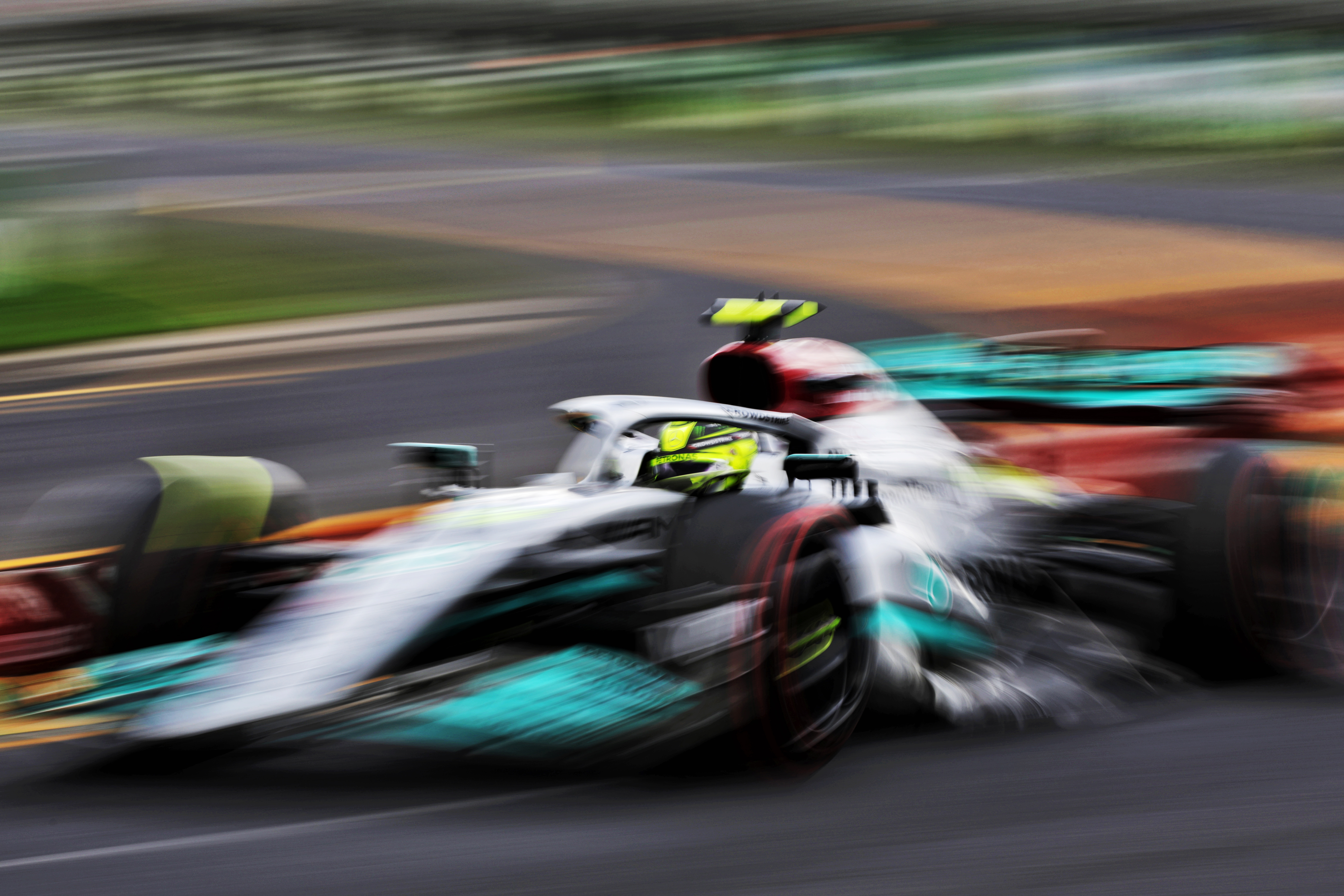
Lewis Hamilton was frustrated by the fact Mercedes is suffering so much from the porpoising while Ferrari has been able to take the lead in both championships.
“I don’t understand it and I don’t think anyone does,” said Hamilton when asked about the reasons for this.
“I wish ours was the same, but it’s not.”
Hamilton also said that the car feels reasonable in certain parts of the lap despite the performance deficit, but pointed to the porpoising as the biggest problem.
“In some places, it doesn’t feel terrible, it’s just not as fast as the others,” said Hamilton.
“Where you’re really unhappy is in the porpoising, that’s really the worst characteristic I’ve experienced in a car and we can’t get rid of it at the moment.”
That’s not to say Ferrari is not losing out at all to the porpoising, with Leclerc saying “it definitely does” affect the car at the entry to Turn 9. It simply doesn’t cost as much time.

Hamilton and Russell qualified fifth and sixth respectively, with Mercedes continuing to have the third-fastest car [even if McLaren’s Lando Norris was able to beat them over one lap] having finished as best-of-the-rest in both the Bahrain and Saudi Arabian Grands Prix.
Wolff said he was “satisfied” with this, although accepted it could have been relegated to the fourth row had Carlos Sainz not suffered a Q3 “disaster” and Fernando Alonso not crashed after a hydraulics failure made it impossible to downshift.
“I am satisfied with the result, said Wolff. “Obviously, if you correct for Sainz and Alonso it’s less good, but still solid in the top 10 and that was not a given with the closeness of the front end of the midfield.
“We’re just learning the car, we’re learning the tyres. Nothing we did this weekend has unlocked the aerodynamic potential or reduced the bouncing, we’re still at the same place.
“And that’s why it doesn’t make any sense to bring updates because you’re confusing yourself even more. Maybe it’s even the fact that the more downforce you bring, the worse the bouncing gets?”
The solution to the problems constraining the performance of the Mercedes W13 most likely lies in the floor design, with the way this year’s simplified suspension systems operate also part of the equation – along with myriad other parts of the car.
It appears to be that Ferrari can better cope with this level of porpoising as it can switch out of the bouncing phase more quickly and therefore not be hamstrung to the same degree in the corners.
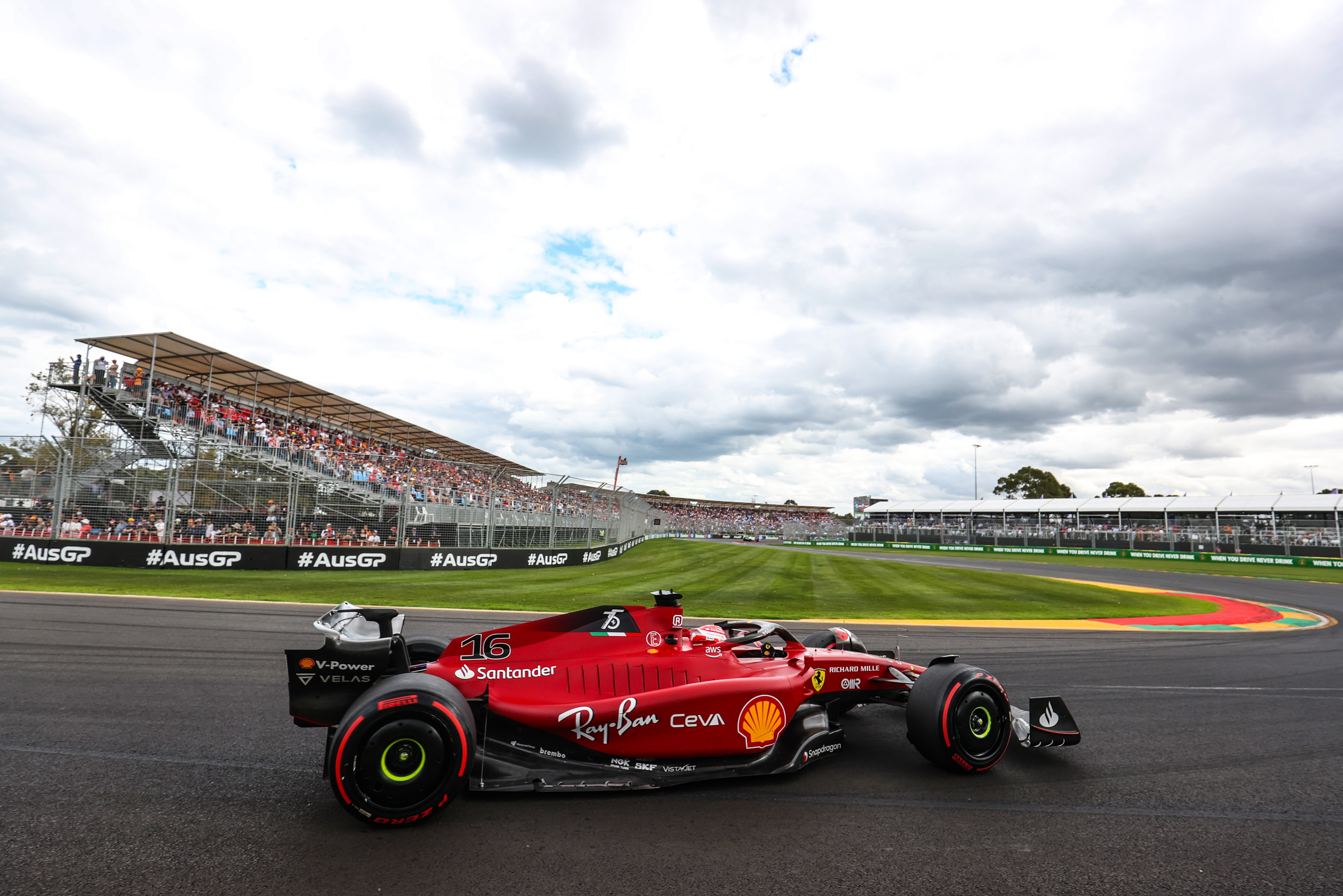
Hamilton revealed after qualifying that there was a small variation in specification between his car and that of Russell that made his car slightly heavier.
“Basically, we just have to try to find a level of the bouncing, as hardcore as we can go without like rattling our brains out of our skulls,” said Hamilton. “And that’s what we try to do.
“He and I have slightly different cars, we’re trying all these different things. I’ve got something on my car which makes the car a little bit heavier. It’s not a huge, huge step, but hopefully, it will enable the team to gain more information from the race tomorrow. I hope from that we can start making some progress.”
The problem Mercedes is battling is a complex one and the solution is unlikely to be straightforward – in this case, the symptoms are easy to diagnose, but the cause and therefore the remedy less so.
But the comparison of Ferrari and Mercedes in Albert Park shows that the existence of porpoising, which all teams have to deal with to a greater or less extent, is not in itself a guarantee of struggles.
What is clear is that Mercedes has not done as good a job at understanding and mitigating its porpoising problems.



